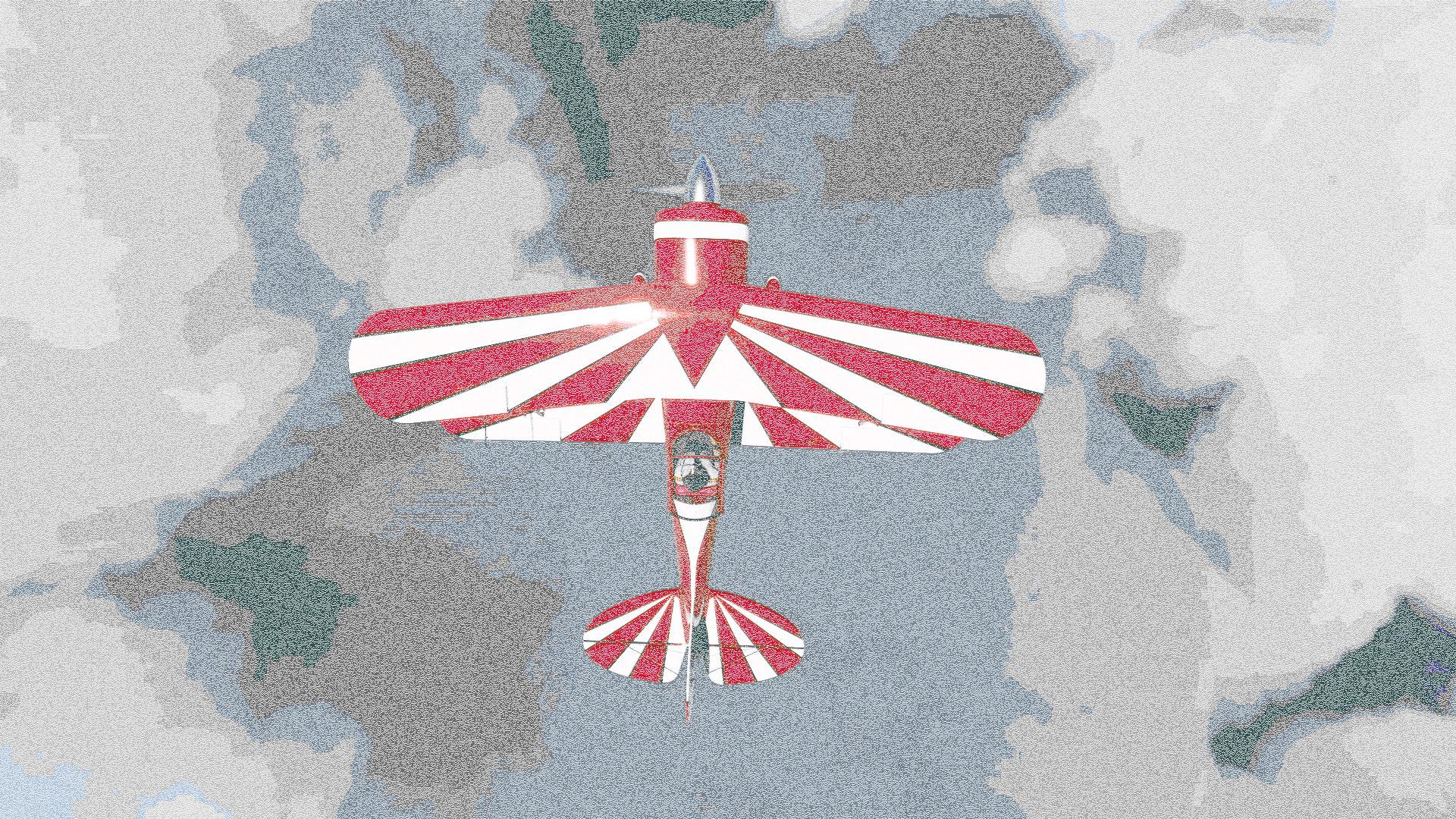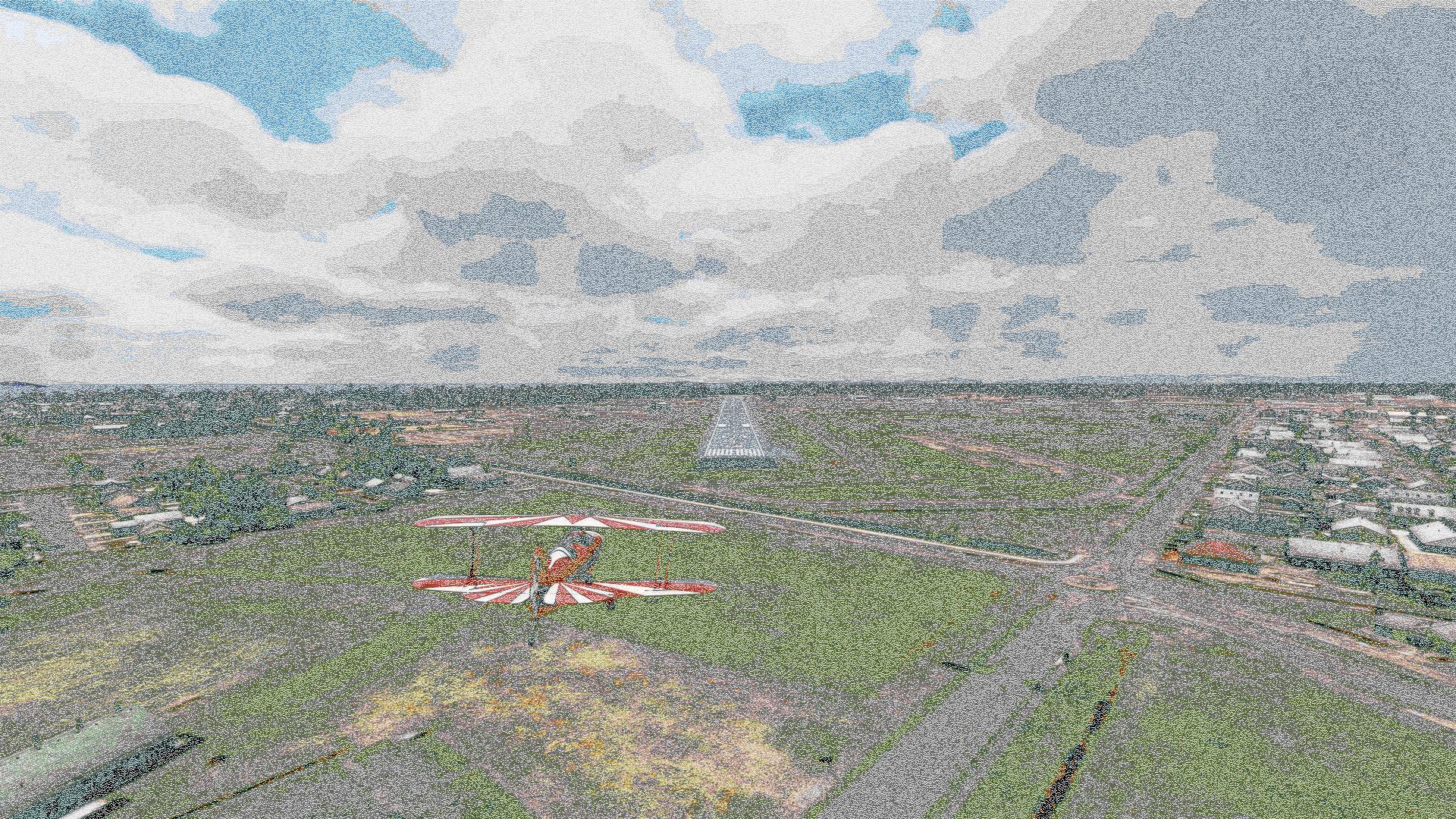Mackay
Queensland

Today we're off to Mackay. Known more for its mining. Also known for horrific reprisals against non-white uprisings, but they've mostly blown over now. Back in the day, Mackay was mostly known for its sugar cane. That and cane toads.
Australia has been on the leading edge of biological research ever since 1788 and the first boatload of European settlers. These early settlers let a whole bunch of bunnies go to provide meat for the colony. Unfortunately, bunnies require infrastructure of sorts - farms mostly. These weren't plentiful enough in the 1700s whereas native predators were. So no bunnies.
In the mid 1850s the "Acclimatisation Societies", whose aims were to make Australia into England by importing as many English critters as possible, tried again. They managed to cause much mischief with various invasive species. They released yet more bunnies, which this time was a resounding success, and within eight years there was a massive bunny problem, digging up all the farms to make their warrens. The solution was easy enough: foxes. Good sport too. Except foxes are hell on ground nesting birds and turtles and they carry rabies to boot. So now there was a massive bunny problem and a massive fox problem. Over the years the societies had many more success stories and soon enough there was a feral cat, pig (2 kinds), goat, camel, deer (6 kinds), buffalo, horse, rat (2 kinds), donkey, mouse, squirrel, some kind of cow thing from Asia and feral dog problem on top of the bunnies and foxes. And 21 pernicious plants, 4 aggresive arthropods, 36 invading insects, 9 marauding molluscs, 12 ferocious fish, 4 rascally reptiles, 16 belligerent birds, a sinister starfish and Frog Chytrid Fungus, although it was never proven that the Acclimatisation Societies were responsible for the fungus.
None of these was a problem in and of itself, but all of these invasive critters did tend to bother the farmers. So in 1880 Pasture Protection Boards were set up to look into the invasive species issue, and their solution was bounties. But the board was also looking into the dingo menace.
Dingoes are actually Australia's oldest invasive species, likely brought to the island 4,000 years ago by seafaring Asians. But the history of dingoes was quite lost on the Europeans who simply considered them pests. Dingoes (and eagles) were quite well suited to eating bunnies and cats and pigs and goats, maybe foxes and to a lesser degree feral dogs, certainly mice and squirrels, and very infrequently the larger bovines and equines. But they also ate livestock. So there was a bounty on predators too. When the predators declined, the introduced invasive species skyrocketed.
And that's mostly the state of affairs today - there are duelling bounties on everything. Except rabbits. In 1996 the Australian government released RHDV1 Rabbit Haemorrhagic Disease into the wild bunny population and it worked a treat - mortality rates between 70 and 100 percent. But then the bunnies started developing herd immunity. Fluffle immunity? In any event the virus was losing its zing. So the government identified and introduced the K5 variant of the original virus. About the time that started to lose its zip, nature lent a helping hand in the form of the RHDV2 virus, which showed up on its own and no one knows where it came from.
So like all stories involving bunnies, this story has a happy ending. Now on to cane toads. In 1935 cane beetles were becoming a pest on the lucrative sugar cane plantations in Queensland, so 3,000 cane toads from South America were introduced into the wild. Cane toads are the largest toad there is, they eat anything that fits in their enormous mouths, and they are poisonous so nothing eats them back. They are doing extremely well.
The preferred method of cane toad control in the past has been golf clubs, or catching them and racing them in pubs, squishing the losers. And the winners. But the very same government that brought you bunny ebola has made it illegal to kill any animal - even a toad - in an unsporting manner (the fine can be an incredible quarter of a million dollars). So the solution is obvious. Back where cane toads come from there are nasty birds, huge spiders and frightening snakes that all eat cane toads. Why not let a bunch of these guys go in the wild?
In the meantime, nature is doing its best. A carniverous species of ant called the meat ant has no heart, and is immune to the cane toad's heart poison. It remains to encourage them to hunt near the mud flats, which they usually avoid. So the government is planting the ants' preferred trees near the water holes and utilizing baits to lure the ants into this new habitat where the only thing to eat is toads. There is some concern there may be unexpected collateral damage, though, so progress has been uncharacteristically slow. Pussies.
The Australian water rat, now, is already quite at home in the water and the mud flats. It is also quite intelligent. It has learned how to flip the toads over and eat their hearts and other organs without coming into contact with the poison glands which are more sort of on the things' backs. And they don't need any artificial help. And they are indigenous. And they are unlikely to mutate into a more virulent form of water rat that could just as easily be fatal to humans.
So go nature!
 They sure get a lot of rain in this place.
They sure get a lot of rain in this place.
|
 You can see ground in a few spots.
You can see ground in a few spots.
|
 But mostly it's rain down there.
But mostly it's rain down there.
|
 And here we are in Mackay. Well, that's it for today. Until tomorrow then. Time for a quick round of toad golf.
And here we are in Mackay. Well, that's it for today. Until tomorrow then. Time for a quick round of toad golf.
|